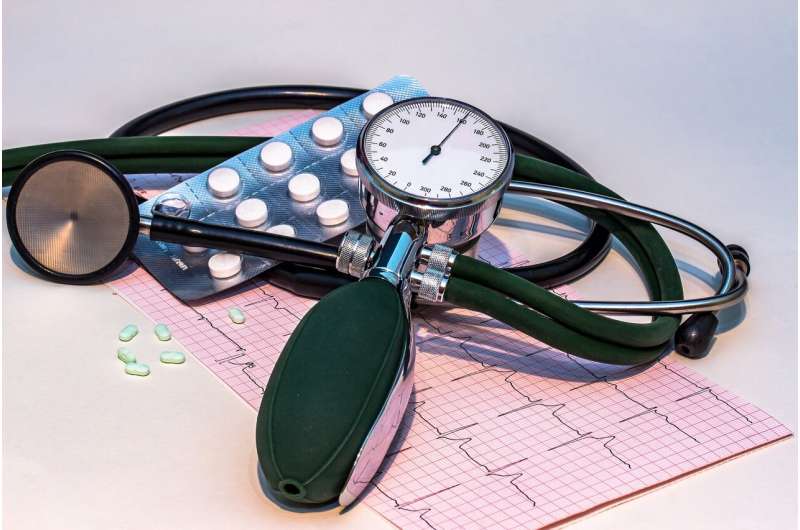Study Finds Rural Emergency Call Times Are Significantly Longer Than National Averages

A recent study reveals that emergency medical response times in rural communities are at least 20 minutes longer than the national average, highlighting critical disparities in urgent care access.
Recent research analyzing a comprehensive national EMS database reveals that emergency medical service (EMS) response times in rural areas are at least 20 minutes longer on average compared to the national figures. This discrepancy is particularly concerning given that patients in rural communities often experience more severe medical conditions upon EMS arrival. The study, presented at the American College of Surgeons Clinical Congress 2025 in Chicago, examined data from January 2023 to January 2025, involving over 4.8 million rural EMS calls versus 64.6 million nationwide. Findings showed that total call times—comprising scene response, on-scene, and transportation durations—were approximately 92.8 minutes in rural areas, contrasted with 74.1 minutes nationally. Notably, high-acuity cases, which involve severe injuries or critical illness, accounted for a larger proportion of rural calls (39.3% compared to 26.4%), and were associated with longer total response times—almost 30 minutes more than urban responses. Patients with severe injuries in rural settings had an average total call time of 97.1 minutes, and those transported to specialized centers experienced durations nearing 155 minutes, significantly longer than the 114 minutes observed in urban areas.
The study also highlighted differences in hospital destinations, with rural patients more frequently transported to trauma-designated hospitals for less severe injuries and to critical access hospitals—settings less equipped for complex emergencies. Lead researcher Isabella Turcinovic from Baylor College of Medicine emphasized that these greater response times could be life-threatening, emphasizing the need for improved EMS logistics and rural hospital support. The findings underscore persistent disparities in healthcare access within rural America, driven by factors such as limited infrastructure, higher injury rates, and geographic challenges. These insights aim to inform policymakers and healthcare planners, advocating for enhanced resource allocation and strategic deployment of EMS services to bridge the gap in urgent care in rural communities.
Source: https://medicalxpress.com/news/2025-10-analysis-reveals-emergency-medical-rural.html
Stay Updated with Mia's Feed
Get the latest health & wellness insights delivered straight to your inbox.
Related Articles
Regular Cardiologist Visits Significantly Improve Outcomes for Heart Failure Patients
Regular cardiology follow-up for heart failure patients significantly reduces the risk of death and hospitalization. A large French study emphasizes the importance of consistent specialist care to improve survival outcomes.
Research Finds Link Between Life Stressors and Early Alcohol Withdrawal Symptoms with Implications for Treatment Outcomes
New research links life adversity to more severe early alcohol withdrawal symptoms, emphasizing the need for trauma-informed treatment approaches to improve recovery outcomes.
Ongoing Queensland Melioidosis Outbreak: What Factors Are Sustaining This Deadly Bacteria?
Queensland faces a persistent melioidosis outbreak with rising cases and fatalities. This article explores environmental factors, bacterial evolution, and prevention strategies in combating this deadly disease.



